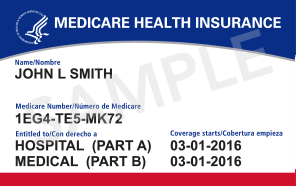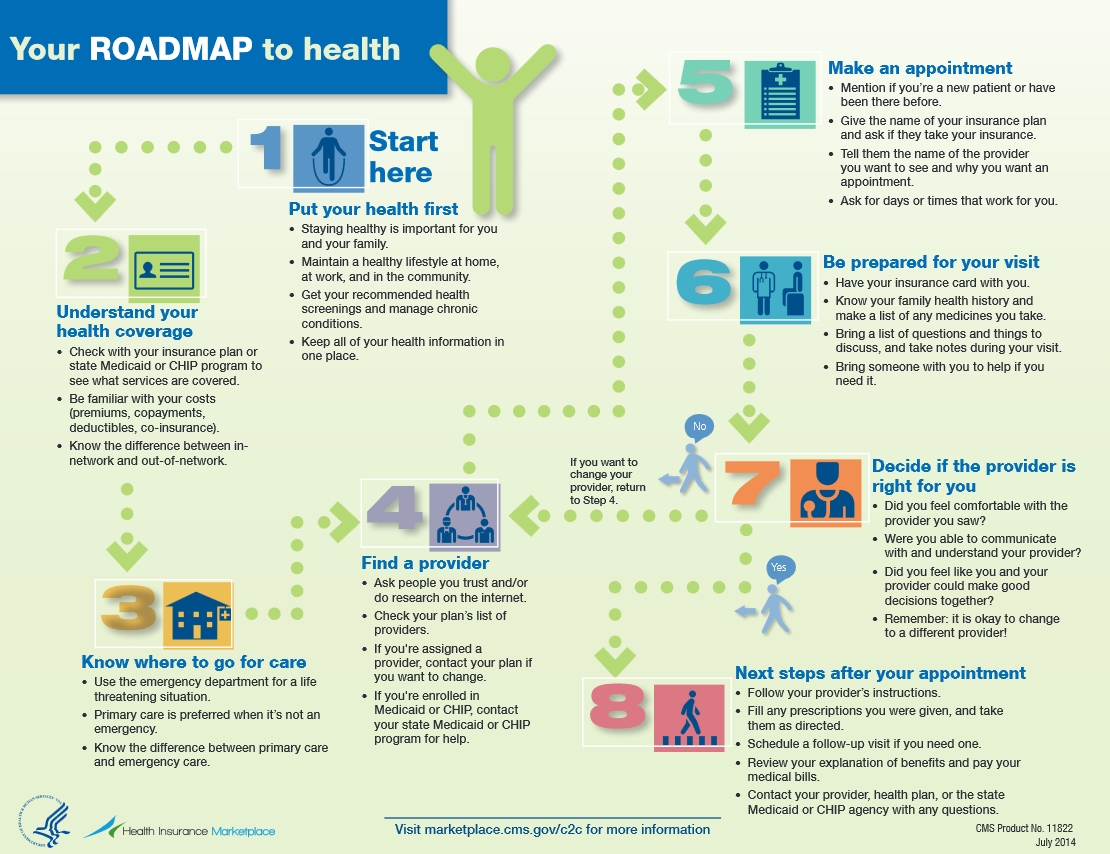What Does A Ny State Medicaid Card Look Like
This image provided by the Centers for Medicare & Medicaid Services shows what the new Medicare cards will look like. The cards are getting a makeover to fight identity theft. This post is sponsored by NuggMD, where you can get a New York medical marijuana card online by speaking to a NY marijuana doctor today! If you’re a resident of New York, reading this article.
The Your Texas Benefits Medicaid card is your Medicaid ID card. Take it with you whenever you go to the doctor, dentist, or drug store. Protect it the way you would your driver’s license or credit card. If you lost your card or it got damaged, you can order a new one visiting or by calling 1-855-827-3748.

What Does A Ny State Medicaid Card Look Like Florida

That’s a toll-free call.To learn more about the Your Texas Benefits Medicaid card, look at the we have posted. What does the Medicaid card look like?The card is plastic, like a credit card, and it has your name and Medicaid ID number on the front.
Ny State Medicaid Program
Learn more by seeing a. Will you send me a new Your Texas Benefits Medicaid card each month?No. The card we send you is your everyday Medicaid ID card. You can keep using this card even if you change your medical or dental plan.
We will not send you another Your Texas Benefits Medicaid card unless you ask us to send you a new card to replace one that has been damaged, lost or stolen. Do I still have to renew my Medicaid?If you have been renewing your Medicaid coverage, you will need to renew each time we send you a renewal application in the mail. What if I lose my card?
How can I order a Your Texas Benefits Medicaid card for me and my family?If you are approved for Medicaid benefits, you can order a new card by phone or on the web.Phone: Call this toll-free number. 1-855-827-3748. Select English or Spanish. Be ready to give your Medicaid ID number.Web: Go to and follow these steps.
Click ‘Log In’, in the upper right corner. Enter your user name and password.
Since Obamacare is synonymous with the ACA, it includes all of the regulatory changes that apply to the individual health insurance market (both on and off-exchange, all new major medical plans are ACA-compliant), as well as changes that apply to the small group and large group markets. It also encompasses Medicaid expansion, which is a cornerstone of the ACA. And it includes the individual mandate and employer mandates—the ACA's 'sticks' to encourage people to obtain coverage—along with the premium subsidies—the 'carrots'—that make coverage more affordable in the health insurance exchanges.